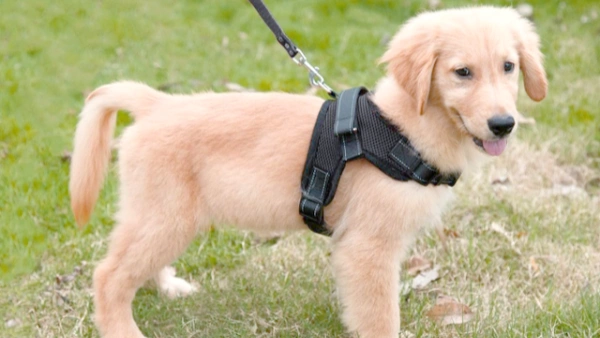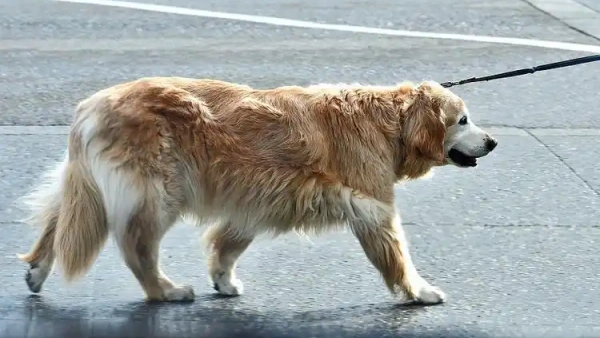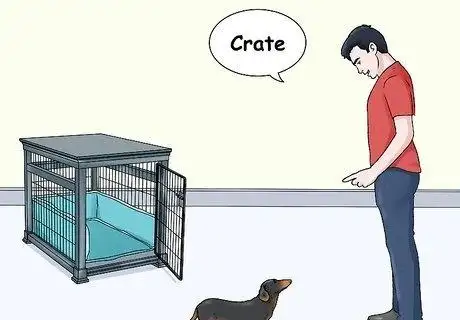How to Leash Train a Dog: A Step-by-Step Guide to Confident Walks
Leash training is more than just a walking tool—it’s a crucial link between you and your dog that ensures safety, trust, and enjoyable outdoor time. Many pet owners struggle when their dog pulls, barks, or refuses to move. In this article, we’ll walk you through **how to leash train a dog**, making outings a positive experience for both of you.
Why Leash Training Matters: Safety, Freedom, and Trust
A leash does more than prevent your dog from running away.
Safety: Prevents accidents like car encounters or ingesting toxic items.
Freedom: Enables dogs to explore within boundaries legally and safely.
Trust: Encourages dogs to respond to commands and deepens the human-dog bond.
Always choose a leash that balances comfort and control.

Mental Prep Before Training: Change the Narrative
Before training begins, shift your dog’s perception of the leash. Help them see it as a gateway to fun, not a punishment.
Let them sniff and explore the leash.
Use treats to associate the leash with rewards.
Stay calm and positive—your emotions affect your dog.
Right Equipment: Get the Tools That Fit
The wrong gear can make training harder. Choose based on size, breed, and temperament:
Harness: Good for puppies and flat-faced breeds.
Slip Lead: Suitable for trained large dogs—but requires careful use.
Retractable Leash: Offers freedom but is not beginner-friendly.
Ensure a snug, non-restrictive fit—ideally two fingers between the gear and the dog’s skin.
Training Environment: Progress in Phases
Phase 1: Indoor Familiarization (3–5 days)
Let your dog walk around with the leash indoors. Reward every positive response to cues like "sit" or "stay."
Phase 2: Simulated Walks
Practice walking around the house. Use treats to keep the dog beside you. Add mild distractions like toys or TV sounds.
Phase 3: Real-World Practice
Begin with quiet streets. Gradually introduce more challenging environments. Keep treats on hand for quick praise.

Solving Pulling Problems: Handle Overexcited Dogs
Dogs often pull due to overstimulation. Use these techniques:
Red Light Game: Stop moving when they pull. Reward once the leash slackens.
Change Direction: Turn around to interrupt their focus.
Head Collar Tools: Use Halti or similar, but aim to wean off gradually.

Common Resistance Issues: What to Do
Dogs resist the leash for different reasons:
Lying down: Might be anxious—shorten sessions and slowly extend them.
Chewing the leash: Offer chew toys to redirect energy.
Freezing: Use treats to encourage even the smallest movement forward.
Associate leash time with something fun like play or food to rebuild positive perception.
FAQ - How to Leash Train a Dog: A Step-by-Step Guide to Confident Walks
Q: At what age should I start leash training my dog?
A: You can start as early as 8 weeks old, keeping sessions short and positive to build comfort with the leash.
Q: How do I stop my dog from pulling on the leash?
A: Stop walking when your dog pulls, wait for slack in the leash, and reward them for walking by your side.
Q: What type of leash is best for training?
A: A standard 4–6 foot leash made of nylon or leather is best for control during training sessions.
Everything Our Vets Recommend
Conclusion: Start Training Today
Mastering how to leash train a dog takes time and patience, but the payoff is worth it. Here’s how to begin:
Check if your current leash setup fits well.
Commit 10 minutes a day to consistent training.
Stay positive—avoid blaming your dog.
Ready for peaceful walks? Grab your leash and start training!
You May Like:
- Warning Signs After Spaying a Dog: What Every Pet Owner Must Know
- How to Treat Dogs with Urinary Tract Infection: Signs, Causes, and Best Care Tips
- How to Soothe Dog Irritated Anus: Safe Home Remedies and Warning Signs
- Nutramax Cosequin Joint Health Supplement with Glucosamine, Chondroitin, MSM, Omega-3s & Beta-Glucan Soft Chews for Senior Dogs, 60 count
User Comments
Does flea treatment kill ear mites too?
Can dogs take human probiotics?
Can dogs have people probiotics safely?
Related Articles
View all
How to Leash Train a Dog: A Step-by-Step Guide to Confident Walks

How to Teach Your Dog to Speak – Easy Steps and Tips

Crate Training Mistakes: How to Crate Train Your Dog Kindly

Top 10 Easiest Dog Breeds to Train – Perfect for First-Time Owners

How to Leash Train a Dog: A Step-by-Step Guide to Confident Walks

How to Teach Your Dog to Speak – Easy Steps and Tips

Crate Training Mistakes: How to Crate Train Your Dog Kindly

Top 10 Easiest Dog Breeds to Train – Perfect for First-Time Owners

How to Train Your Dog to Sit and Stay: Step-by-Step Guide

2025’s Ways: How to Train a Dog Not to Bite Strangers

2025’s Fast: How to Potty Train the Dog Stress-Free














Leave a Reply